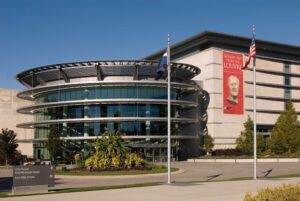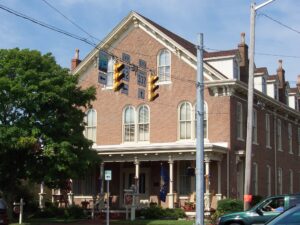By Victoria T. Davis
Inspired by the Indiana state flag, a 23.5-inch high-tech torch designed by a team of Purdue University engineering students, staff and faculty will travel 2,300 miles through Indiana’s 92 counties by 1,900 hand-selected torchbearers, who will ignite the future of the Hoosier state during its bicentennial by passing the flame from torchbearer to torchbearer. As a signature and highly anticipated event to celebrate, the Olympic-style Indiana Torch Relay will begin Sept. 9, 2016, when it will travel six days a week, averaging 72 miles per day, until Oct. 15, 2016, when the relay will conclude on the Statehouse grounds with a grand celebration for all Hoosiers.
In 2016, Indiana will celebrate its 200th birthday by honoring its rich history in a modern way that engages all 6.5 million Hoosiers and leaves a lasting legacy for future generations. The year-long celebration kicked off on Dec. 11, 2015, with a celebration of Statehood Day, when bicentennial flags were raised across Indiana at courthouses, city halls, fire stations and other public facilities.
The Torch Relay is not the only event to look forward to: a lineup of other social gatherings and tradition celebrations will be held throughout the state. A major component of the state’s 200th birthday lies in the implementation of what are known as Legacy Projects — projects and programs reflecting the state’s 200 years of progress. Current projects include: The Tree of Hope Project, where Hoosiers are encourage to plant trees in their communities; The Floyd County Oral History Project, bringing Floyd County residents together to collect and make available oral histories by providing a snapshot of what life was like both before and during Indiana’s bicentennial year; and The Indiana African-American Heritage Trail Project, which will enable tourists and residents to know a more complete history of each African-American community in the state. More than 850 projects have been created within Indiana’s 92 counties.
In December 2011, Indiana’s then-Gov. Mitch Daniels appointed a 15-member commission, chaired by then-Lt. Gov. Becky Skillman and former Congressman Lee Hamilton, to oversee the planning and execution of a statewide celebration for Indiana’s 200th birthday. Since its inception, the commission has met every six weeks to dedicate adequate time to nurture its focus areas: nature and conservation, historical celebration, community involvement and youth and education.
Get on board
The major job of these commission members involves interacting with everyday Hoosiers, said Perry Hammock, executive director of the Indiana Bicentennial Commission. This has meant getting all 92 of Indiana’s counties on board with the bicentennial celebration through active participation.
“(In 2014) we had 75 projects in 35 counties, and now we have projects in all 92 counties, and we do that by going out and spending time with people. We find projects people are already doing and find out how it can fit into the bicentennial or help them start a new project,” said Hammock, who told Indiana Minority Business Magazine the remaining part of his day would take him through Indianapolis, Bloomington, then Evansville, to speak to a school’s history club about a project students were interested in completing. “We have a lot of meetings and fundraising.”
Discovering diversity
The commission believes the bicentennial is all about getting Hoosiers involved in the celebration, even those who aren’t always represented well.
“Many things are happening at the state level and with government agencies, but most of all I’m proud things are happening out in Indiana, in all 92 counties,” said Jim Madison, commission member and historian at Indiana University. “People who care about their communities and places are organizing and forming groups and projects. This is exactly what the commission wanted from the beginning, this grassroots connection.”
So far, the commission’s dream has turned into a reality. More than 850 Legacy Projects have been created . One of those projects includes the Indiana University-Purdue University Indianapolis (IUPUI) Department of History. Rebecca Shrum, assistant director of the university’s public history program, assists in teaching a masters-level program for those interested in historical preservation. Each semester her students help create and develop a mobile application and website called Discover Indiana. Although the concept, used nationwide, was implemented from The Center for Public History and Digital Humanities at Cleveland State University, IUPUI has licensed the program to give Hoosier students the ability to supply the structure with historic and cultural virtual tours.
Shrum said the tours will include written text as well as photographs, video clips and some narration.
“We develop specific tours around certain themes or neighborhoods. Four tours are available now at Indyhistorial.org and center around Indiana’s sports and sacred spaces. For the bicentennial tours, there will be one on transportation, another looks at art in Indiana, then another looks at who have and have not belonged in Indiana over the past 200 years,” said Shrum. “It’s really meant to be engaging for those interested in learning about the state.”
Beyond Legacy Projects, another commemoration has been in the development stages for quite a while — Indiana at 200: A Celebration of the Hoosier State, the state’s official 248-page bicentennial collector’s book. The full-color, hard-cover printed edition offers 14 chapters, each opening with a short essay by a noted Hoosier, followed by photographs, quotes and anecdotes from Hoosiers of diverse ages, backgrounds and experiences. Readers can also expect to learn unique and surprising facts about Indiana.
“It is a very handsome book. One thing I really like about it is its commitment to diversity. I wrote a lot about African-American history in Indiana and for a long time, the default in Indiana was white, but we now know that just wasn’t true. There was history, but many of us on the commission and off the commission were very insistent that this celebration include all Hoosiers. If you look at the book, it does reflect that,” says Madison.
One individual who has helped recruit a varied pool of people into the bicentennial celebration was Rachel Belies, former diversity intern for the Indiana Bicentennial Commission.
While spending the summer in her home state, the Xavier University student secured an internship where one of her main responsibilities was contacting diverse organizations to gauge their interests in participating in the bicentennial.
“(The internship) was really eye opening for me, because you think of Indiana as corn fields and basketball, but the people here are much more than that,” explained Belies.
She connected with individuals and organizations from all over the state, including the Indianapolis Urban League and the Burmese American Institute, which will celebrate World Refugee Day in June 2016 with a bicentennial theme. The Asian American Alliance will have speakers to talk about the bicentennial and how Asians have positively impacted Indiana’s culture.
“Every time I connected with organizations and individuals, they were always interested in participating, which really says something about Indiana’s people,” said Belies, who mentioned she called more than 60 individuals and organizations. “It’s 200 years of history, but there are so many ways to get involved. People are really merging their interests with what they love about being a Hoosier. That’s what Indiana is about — everyone using their own talents to make the state a better place.”
Binding communities
More than 60 government agencies have agreed to partner with the Bicentennial Commission, including the Indiana Department of Correction. Non-governmental agencies like United Way, Big Brothers Big Sisters, Indianapolis Motor Speedway, Eli Lilly’s Day of Service and Indy Do Day will be tied in as well.
One of the major goals of the bicentennial is bringing people together. Part of the reason for the emphasis on Legacy Projects and community involvement is to market Indiana as a destination with more than car racing and corn. By highlighting projects in specific counties, the hope is to pique people’s interest to learn more about their state, get to know their neighbors and partner among one another.
“We want to ensure we leave a legacy; it’s not just about the parties and events, but how the future benefits from this celebration,” Hammock said. “We know the real legacy of the bicentennial is children. We hope to have 800 to 1,000 projects that are in schools, parks, museums and all places across the state. We hope that variety helps people feel a part of the bicentennial.”
Those who’d like to get involved are encouraged to contact their Indiana Bicentennial County Coordinators listed on the bicentennial website, search Legacy Projects in their area and connect with organizers, or reach out to the commission. Currently there are thousands of volunteers involved in the celebration of the bicentennial.
Economic impact
Business-minded Hoosiers can get involved in the bicentennial marketplace, an online shop where Hoosiers can display and sell their locally made items. Anything from T-shirts to pottery and jewelry will be available. “It’s a way Hoosiers can support Hoosiers,” said Hammock.
The commission hopes local and statewide celebrations will allow residents to travel to new parts of the state they’ve never explored and support local businesses to keep the economy flourishing.
If Hoosiers are searching for a permanent reminder of the bicentennial’s impact, they may just find it in Indianapolis. Hammock says the legislature is funding some capitol projects that will be physical reminders of the bicentennial, including a new State Archives Building.
“They’re still working on the space, but it looks like it’s going to be right off of Indiana Avenue, just northwest of the Madame Walker Theatre,” he said.
The $25 million investment, one of the largest project requests, will provide a space solution for Indiana’s most important documents.
But above all, the underlying message is to help residents learn their history before they embrace their future.
“One of the central themes in my teaching, research and public speaking is to tell people that Indiana has deep traditions that really bind us together. At the same time, Indiana has always changed over the years,” said Madison, bicentennial commission member. “If we talk about the future, one thing I hope the bicentennial brings is the conversation about our history and our present. If we have those conversations, we can see a rapid change. Some of our traditions can help us and some may hinder, us but it’s all about conversation.”
WHAT’S CHANGED SINCE CENTENNIAL?
Executive Director of the Indiana Bicentennial Commission, Perry Hammock, explains the difference between Indiana’s centennial and bicentennial celebrations.
“In 1916, the centennial was hugely celebrated. People did pageants; they wrote songs, plays and even made up dances. They restaged the taking of Fort Sackville, and people from all over the state came to participate. In 1916 it was huge, and today we have to make it huge, because you’re competing against things like Instagram and other social media platforms. The celebration is the same; it’s just in a different format. We don’t do a hand-written newsletter anymore, but we use social media to connect. At the end of the day, it’s really the same. The goal is to make sure people locally get a chance to celebrate.”
Indiana Bicentennial Signature Projects
Children’s of Indiana Nature Park
Bicentennial Art Project
Bicentennial Celebration Gala
Bicentennial Kickoff
Bicentennial Plaza
Bicentennial Nature Trust
Bicentennial Torch Relay
Bicentennial Visioning Project
Commemorative Book
Commemorative Medal
Hoosier Homecoming
Indiana State Archives
Statehouse Education and Welcome Center

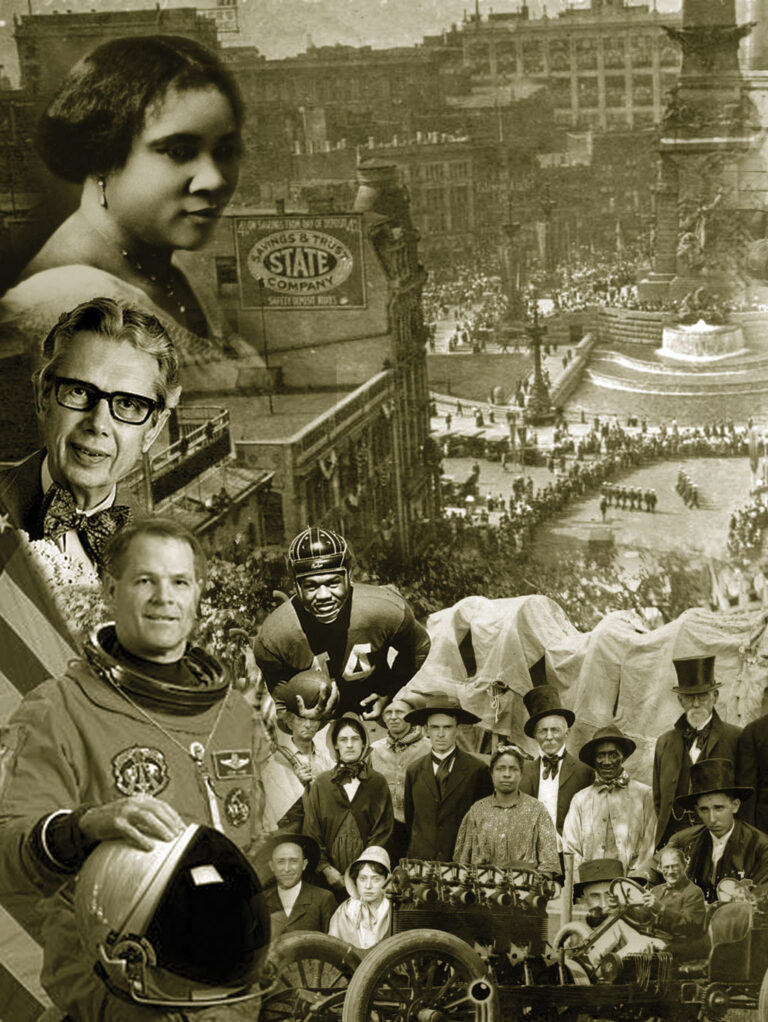




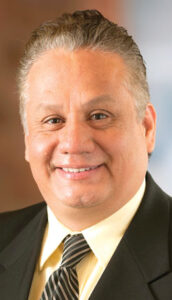
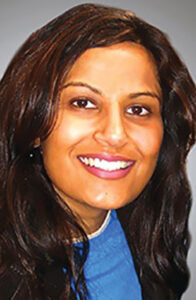 I moved to Indiana from New Jersey three years ago, and my experience has been absolutely wonderful! What I love most is the people — Indiana has some of the most warm and welcoming people I have ever met!”
I moved to Indiana from New Jersey three years ago, and my experience has been absolutely wonderful! What I love most is the people — Indiana has some of the most warm and welcoming people I have ever met!”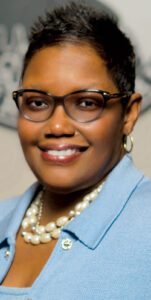
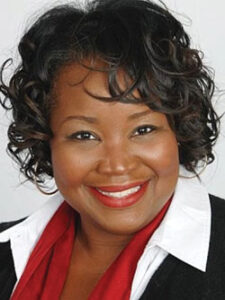
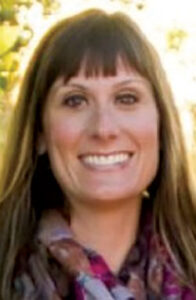
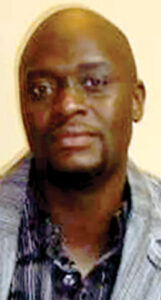
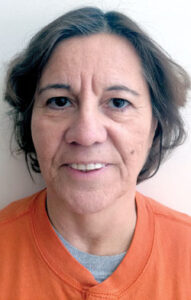
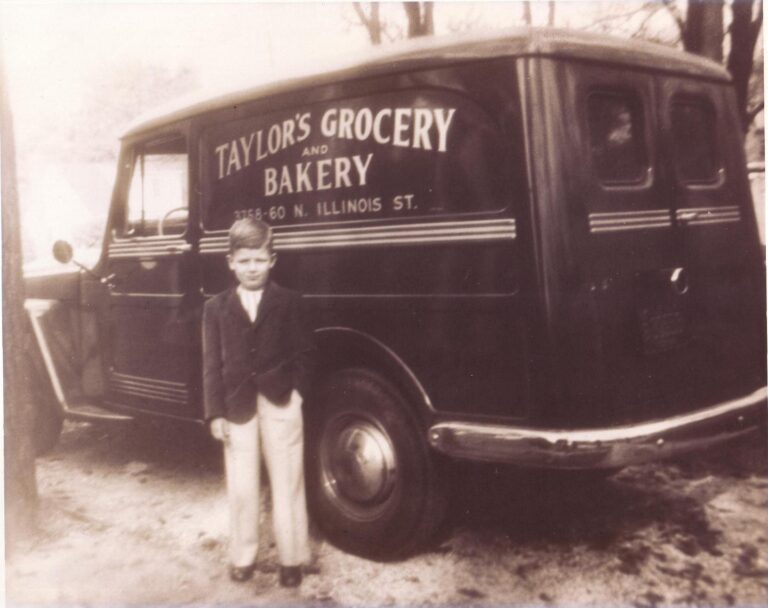



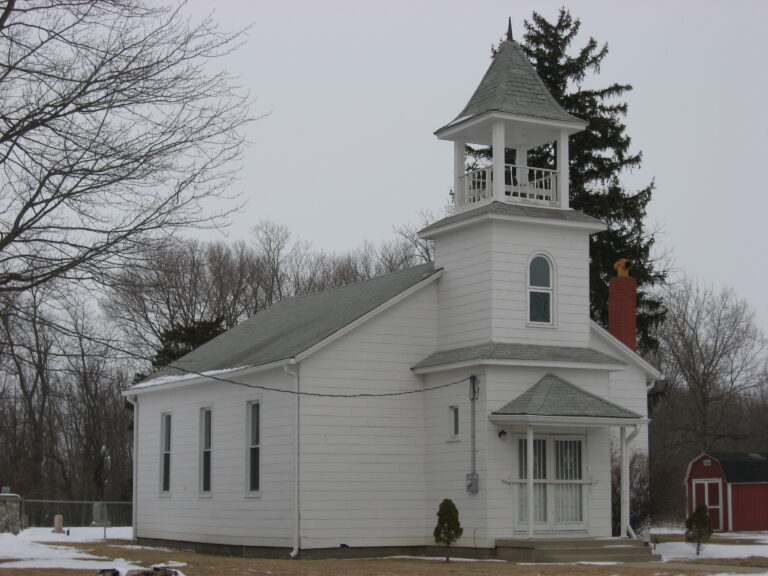

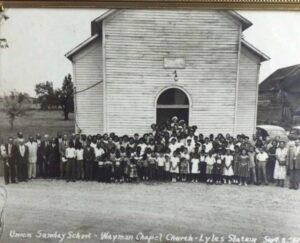
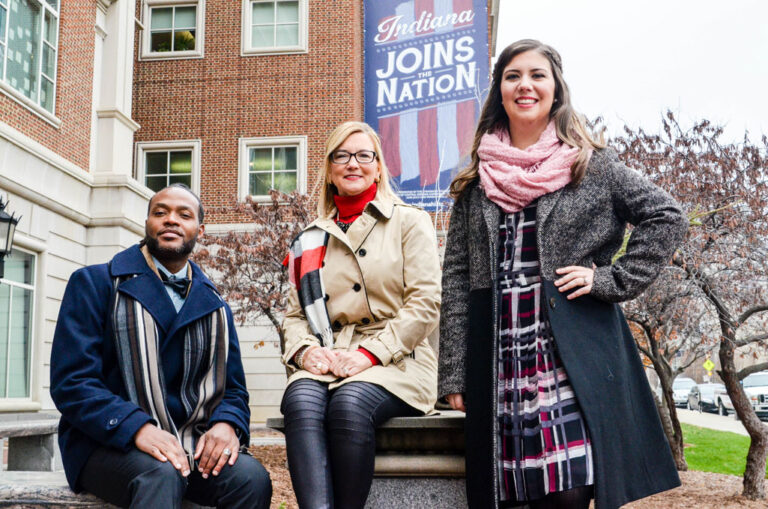
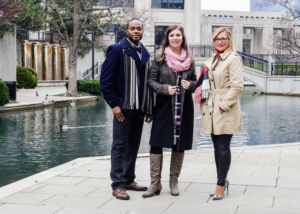











 has provided a gathering space for Hoosiers interested in a wide variety of musicals, dramas and cultural views for the entire family. Visitors can expect to see legendary shows such as “The Great Gatsby,” “A Christmas Carol,” “To Kill a Mockingbird” and some lesser-known, more personal community plays that hit close to home, like “April 4, 1968: Before we Forgot How to Dream.” If visitors seek a little more entertainment, they can check out some of the IRT’s special events that offer exclusive meet and greets with cast members, craft activities and champagne toasts.
has provided a gathering space for Hoosiers interested in a wide variety of musicals, dramas and cultural views for the entire family. Visitors can expect to see legendary shows such as “The Great Gatsby,” “A Christmas Carol,” “To Kill a Mockingbird” and some lesser-known, more personal community plays that hit close to home, like “April 4, 1968: Before we Forgot How to Dream.” If visitors seek a little more entertainment, they can check out some of the IRT’s special events that offer exclusive meet and greets with cast members, craft activities and champagne toasts.